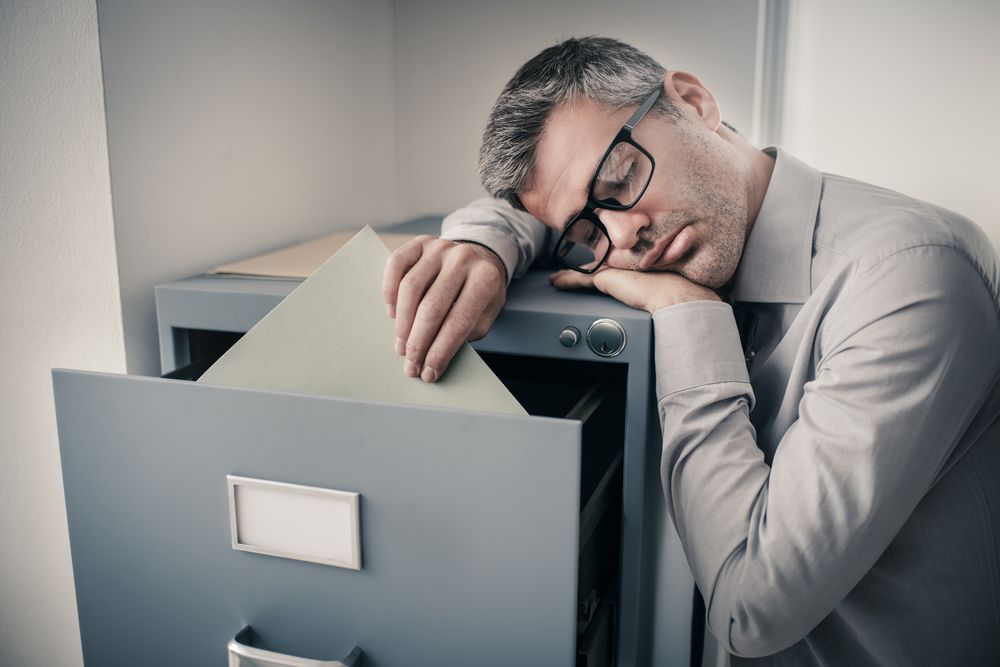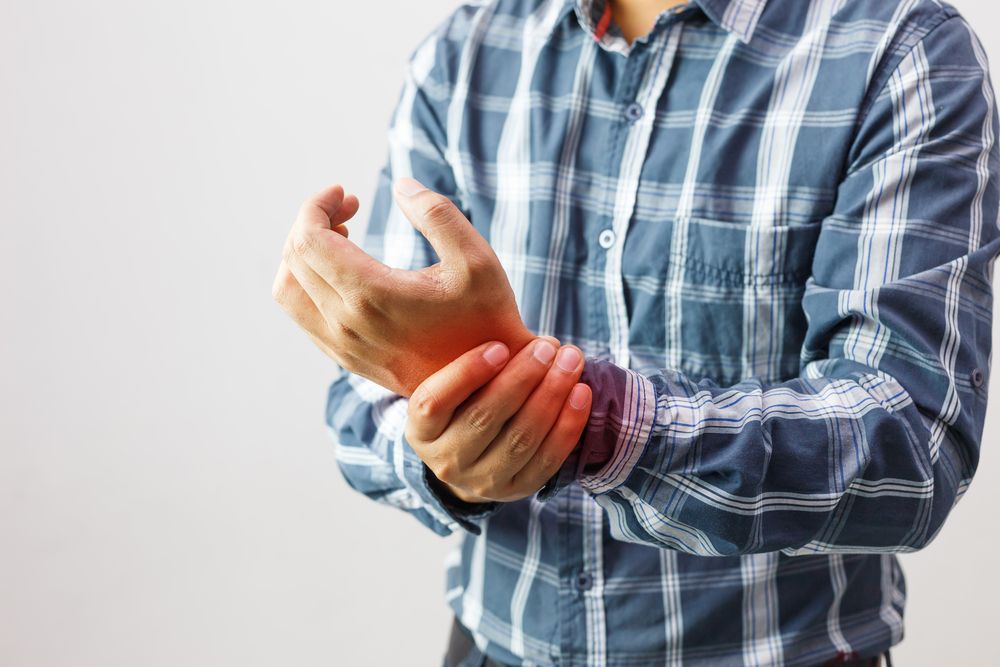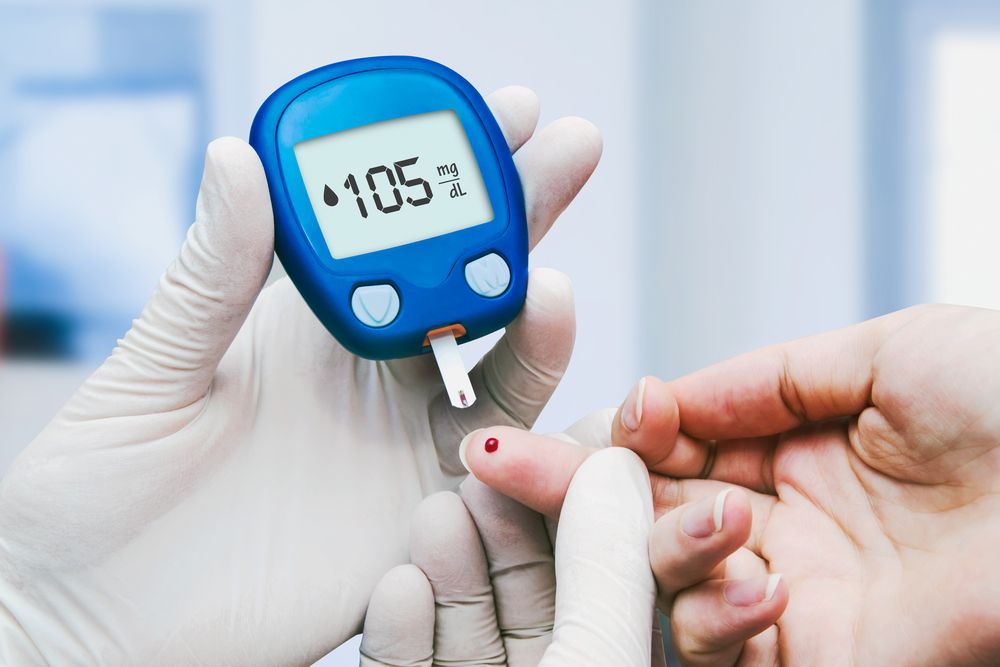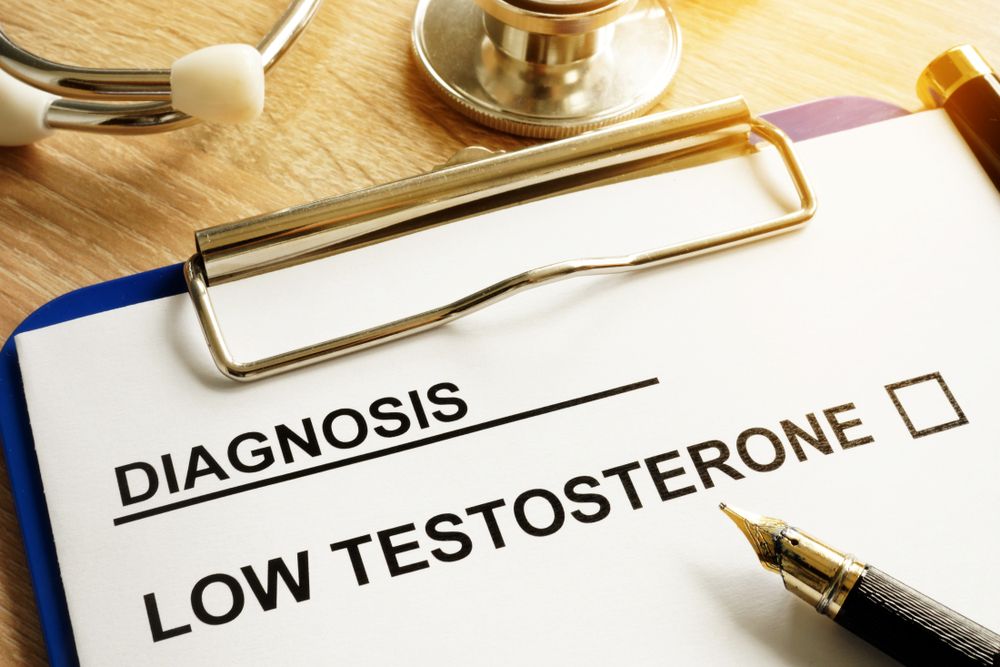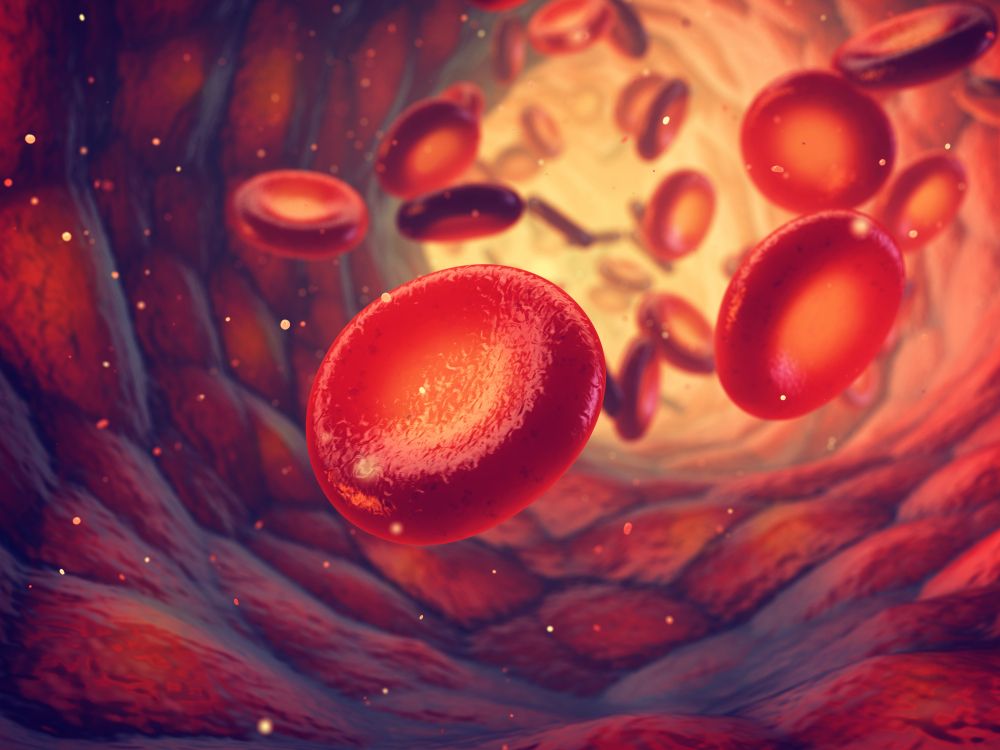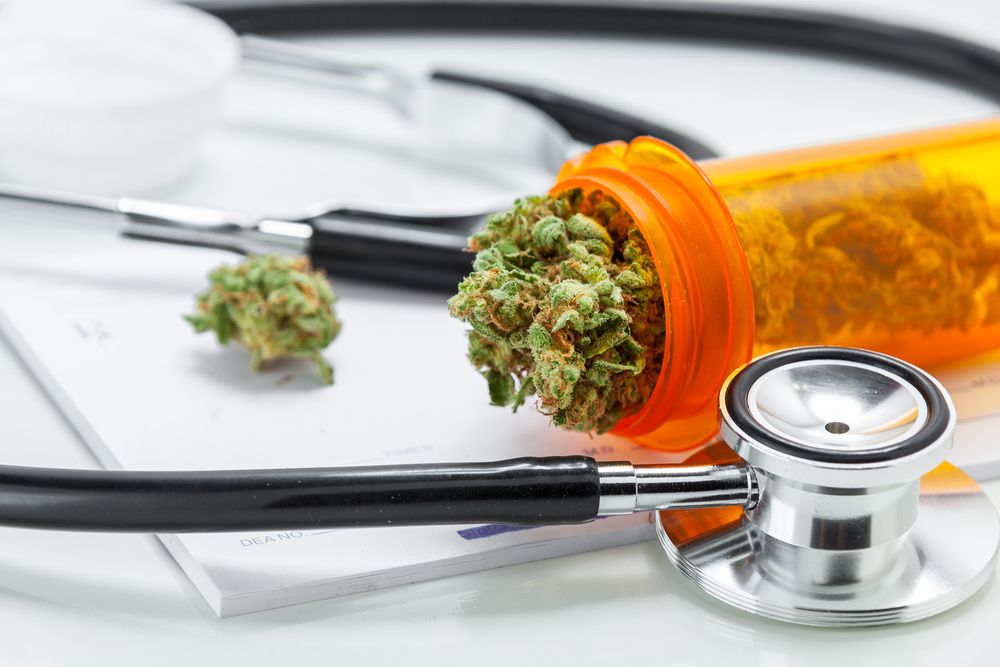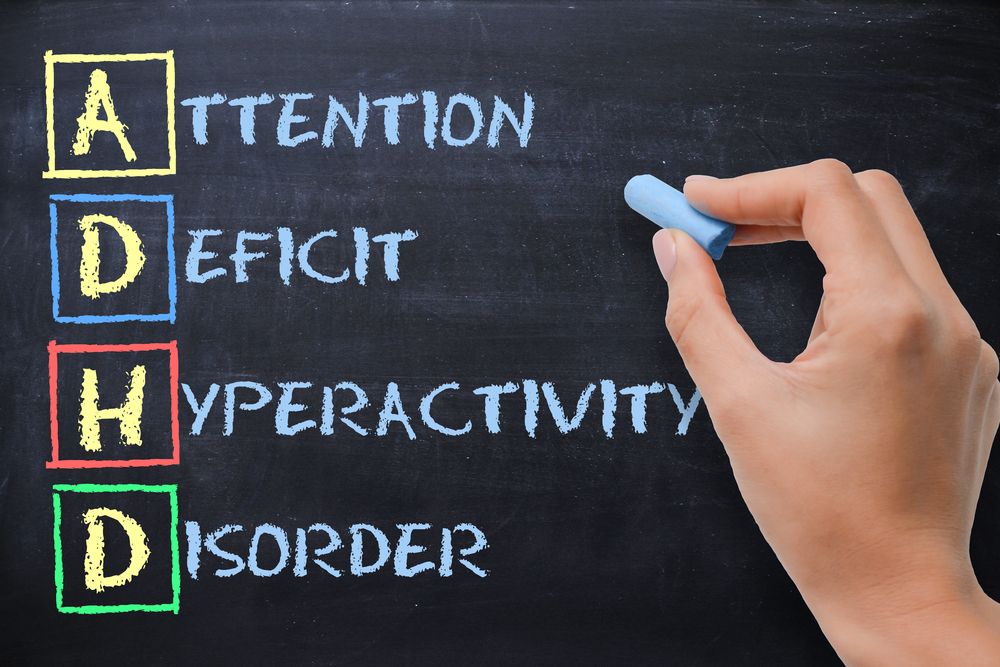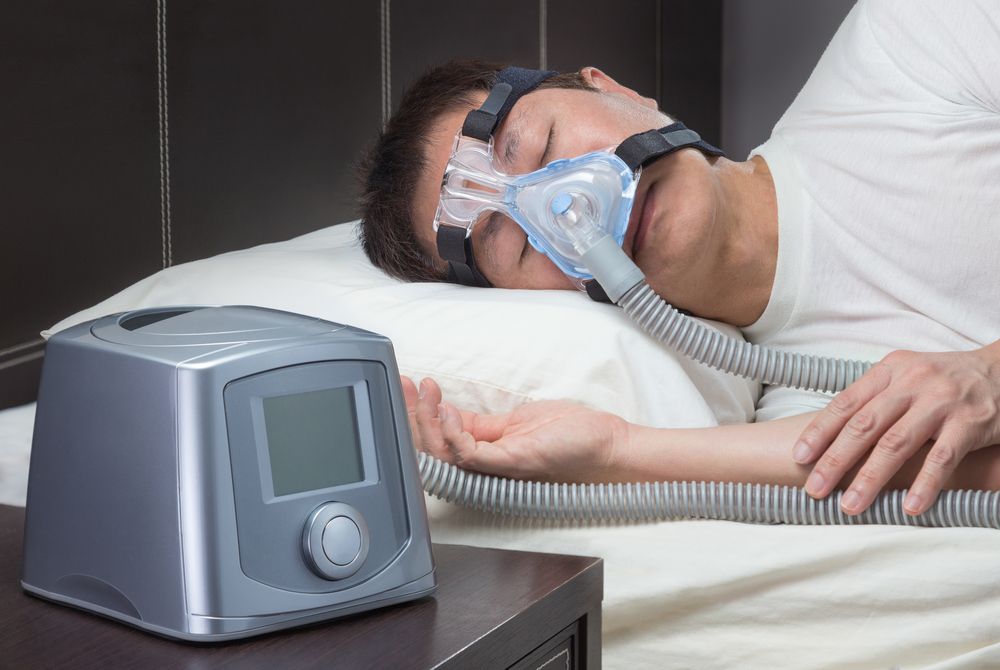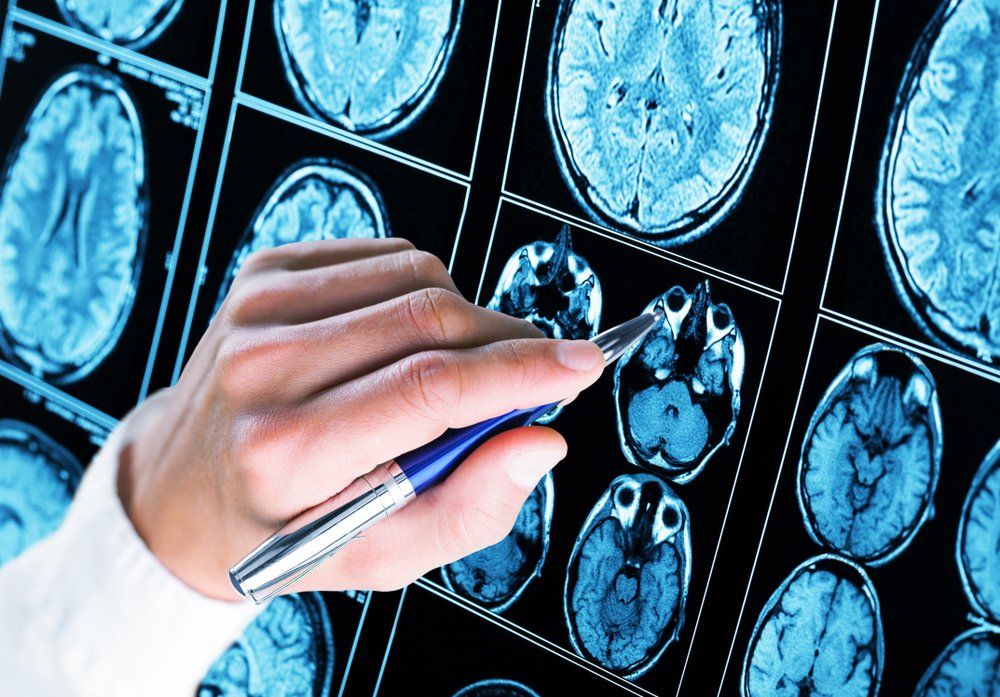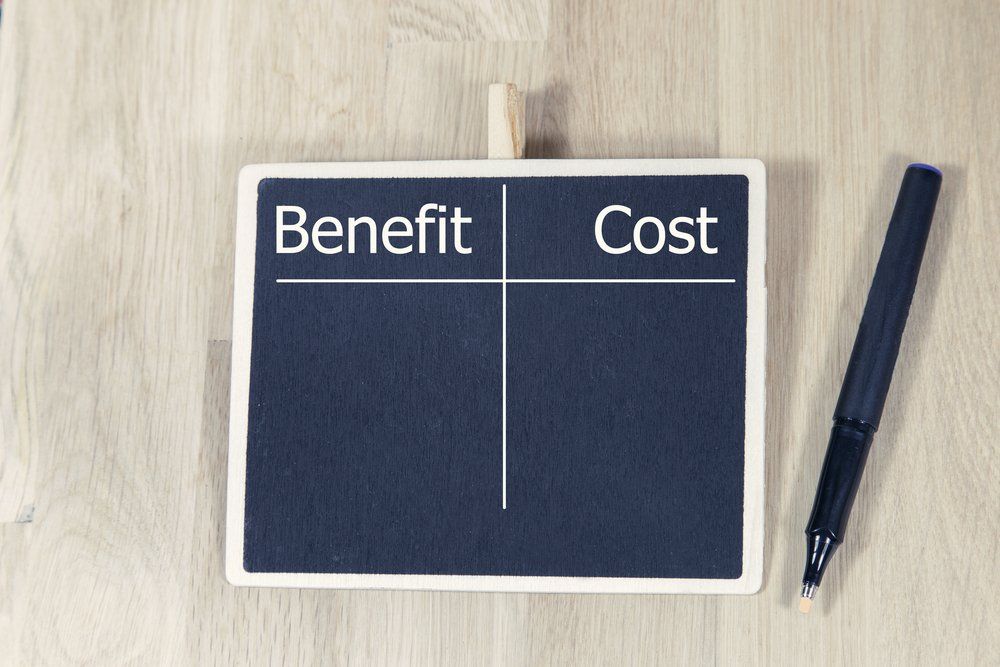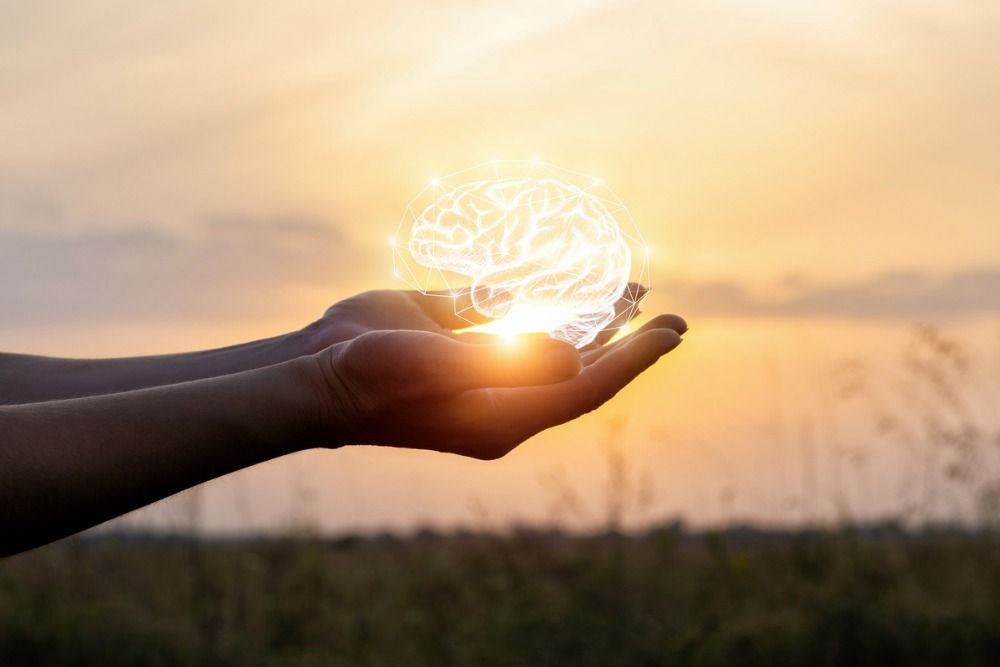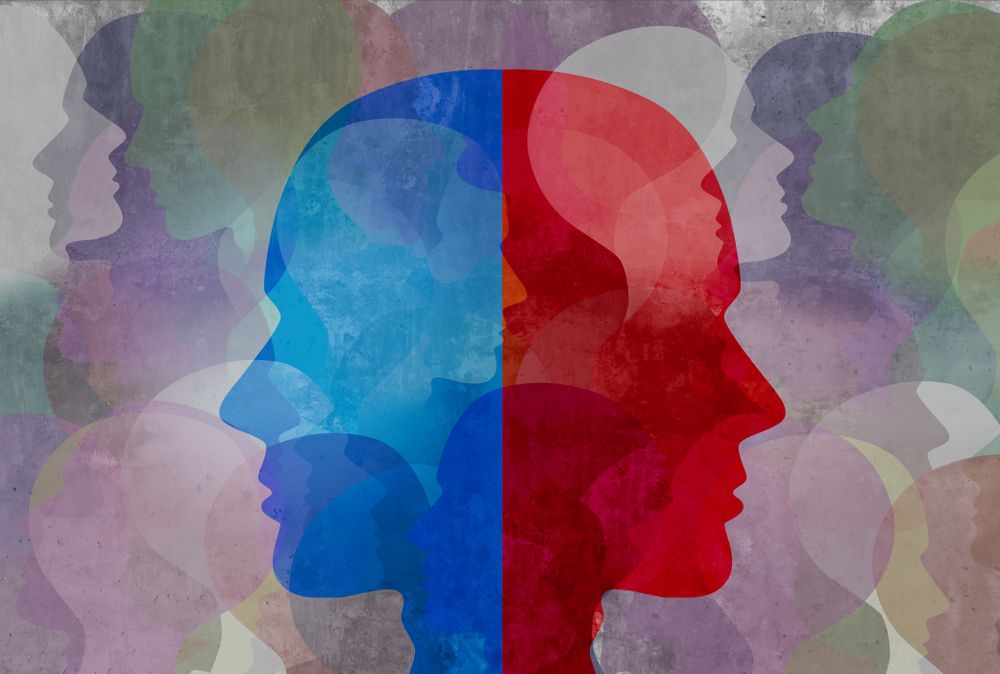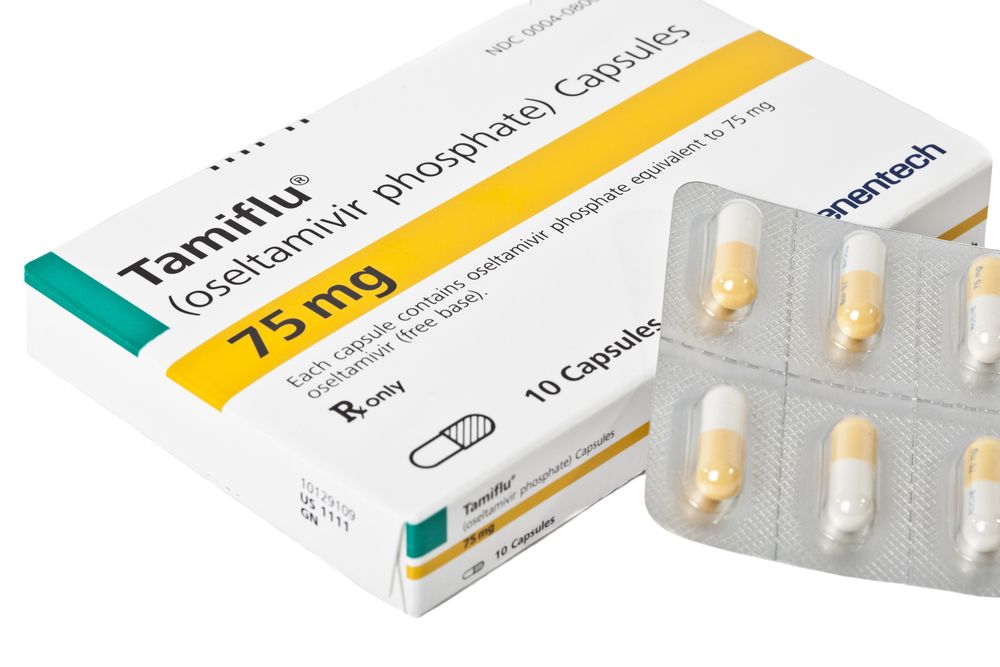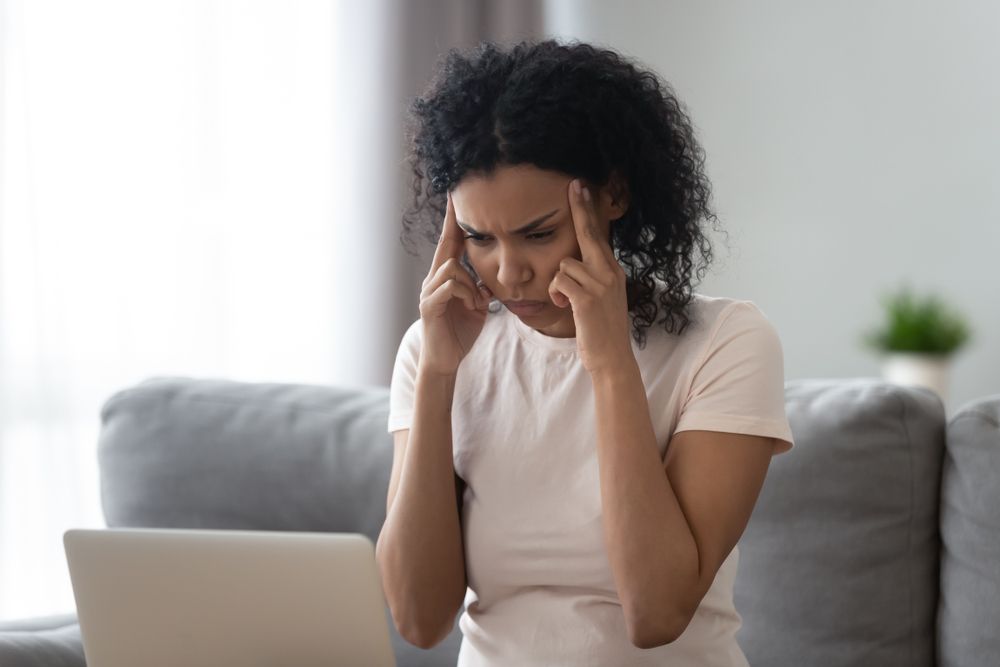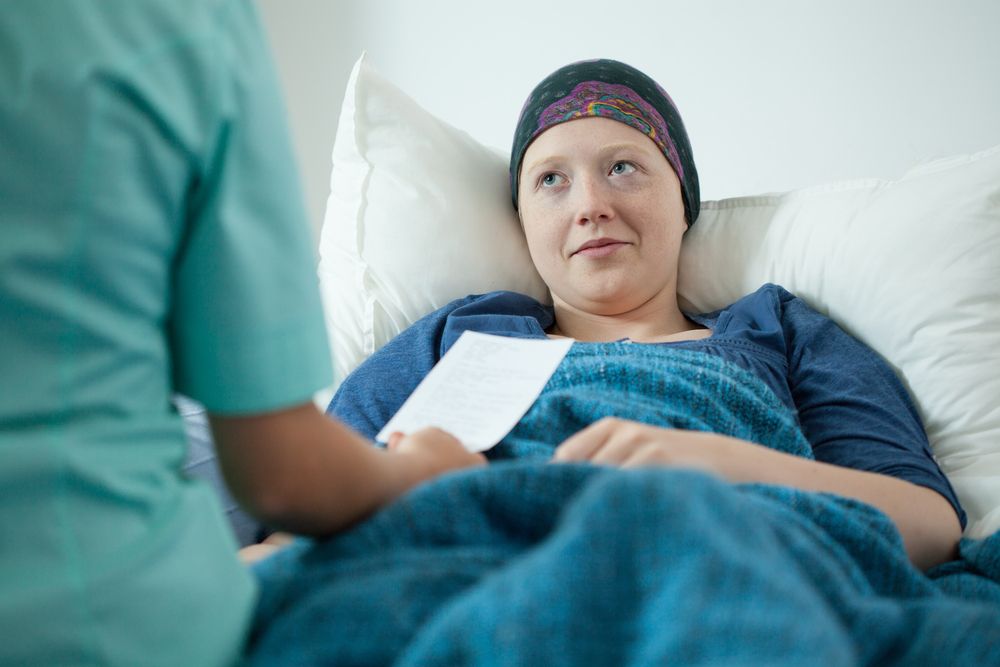Narcolepsy is an often misunderstood disease that causes people to fall asleep at inopportune times. (Learn More: What Is Narcolepsy?)
Symptoms can vary, but narcolepsy is known to affect emotional well-being, making it difficult to live a normal life at times. (Learn More: What Are Common Symptoms of Narcolepsy?)
Thankfully, tools are available that can help effectively diagnose narcolepsy. (Learn More: How Is Narcolepsy Diagnosed?)
With proper treatment, you can successfully manage narcolepsy. (Learn More: What Treatments Are Available for Narcolepsy?)
What Is Narcolepsy?
Narcolepsy is a disorder of the nervous system. It affects approximately 1 out of every 2,000 people in the United States, and its symptoms can manifest at any age. People across races, ethnicities, and genders experience narcolepsy at equal rates.
Scientists have discovered that one cause of narcolepsy is related to diminished levels of a chemical messenger called hypocretin. This neuropeptide balances states of sleep.
Hypocretin imbalances cause fatigue or rapid eye movement (REM) sleep during periods of wakefulness. Other causes of narcolepsy are:
- Brain injury or trauma. When parts of the brain that regulate sleep can be injured, it may lead to narcolepsy.
- Genetic predisposition. Research shows that a gene may be responsible for less than normal amounts of hypocretin, causing narcolepsy. The disorder tends to run in families.
- Autoimmune issues. People who experience loss of movement due to narcolepsy (cataplexy) may suffer from autoimmune issues that cause their body to attack brain cells that create hypocretin.
Common Symptoms of Narcolepsy
Signs and symptoms of narcolepsy include:
- Sleep paralysis. People with narcolepsy are sometimes unable to speak or move once they fall asleep or as they are waking up. Sleep paralysis may last seconds or minutes, but the experience can cause agitation nonetheless.
It is normal to feel some form of sleep paralysis during the REM cycle. Not everyone who experiences sleep paralysis has narcolepsy.
- Notable daytime sleepiness. Lack of sleep caused by narcolepsy eventually makes you very drowsy during the day. This makes it difficult to function normally.
- Cataplexy, or sudden muscle tone loss. This can sometimes last several minutes, and you may be unable to speak or move properly. Cataplexy is brought on by strong emotions, such as excitement, laughter, anger, or surprise.
- Hallucinations. Hallucinations usually occur because of sleep paralysis. They tend to be purely visual for most people, but they can involve other senses.
- Temporary sleeping episodes. These are also known as sleep attacks. They usually happen during automatic behaviors, such as eating, driving, or talking. A person may not be fully aware that the episode is happening. When a person falls asleep, they usually wake up feeling refreshed.
Types of Narcolepsy
There are two kinds of narcolepsy that are generally recognized, and a third form that is more rare.
- Narcolepsy without cataplexy: Considered less severe, people may suffer from sleep attacks but will not experience symptoms like temporary muscle paralysis caused by strong emotional reactions.
- Narcolepsy with cataplexy: This type is better known and has more obvious symptoms. It includes temporary muscle paralysis. Strong emotions can trigger a person to stop moving.
- Secondary narcolepsy: This is often the result of an injury to the hypothalamus, the part of the brain that governs many necessary behaviors that help your body function optimally. These include sleep, hunger, libido, and internal temperature.
Diagnosis of Narcolepsy
Doctors will ask for your medical and family history if there is a possibility you may have narcolepsy. Your sleep patterns need to be examined to determine whether or not you have the condition, and your doctor will also assess if you may have another sleep condition.
Your doctor may use these methods to diagnosis the condition:
- A sleep journal: You may be asked to keep a journal documenting your sleep patterns for a week or two. This typically involves tracking when you fall asleep and wake up.
- Physical examination: Physical exams can verify narcolepsy or other health conditions that interrupt your ability to get a good night’s sleep. Two common tests are:
- Multiple sleep latency test (MSLT). This test measures how fast you fall asleep when you take naps during the day. People with narcolepsy fall asleep faster than people without the condition.
- Polysomnography (sleep study). A test used to diagnose sleep disorders, it measures your sleep cycle by documenting the following:
-
- Brain waves
- Heart rate
- Position of your body
- Eye movements
- Blood oxygen levels
- Air flow as you breathe in and out
Sleep studies can be performed at a sleep center or in your home.
- Genetic testing if a hereditary component is suspected.
- Spinal tap. A needle is inserted into your bottom two lumbar vertebrae to measure hypocretin levels.
- The Epworth sleep scale (ESS) test. This is a simple questionnaire intended to measure how sleepy you are throughout the day during routine activities, such as sitting, watching TV or movies, inactivity in public places like a movie theater or restaurant, and other activities that could cause you to feel sleepy.
All of these tools can also rule out conditions that have similar symptoms to narcolepsy, such as brain injury, sleep apnea, insomnia, depression, and epilepsy. Medication can also trigger excessive sleepiness during the day.
Lifestyle Changes to Address Narcolepsy
Narcolepsy cannot be cured, but it can be successfully managed through lifestyle changes, medications, or both. Recommendations from your doctor may include the following:

- Keep a regular sleep schedule.
- Take short naps throughout the day to prevent daytime drowsiness.
- Avoid big meals a few hours before you go to sleep.
- Do not drink alcohol or caffeine before sleeping.
- Do not smoke cigarettes before you are about to go to sleep.
- Get regular exercise to help regulate your sleep.
- Tell close friends, relatives, and colleagues about your narcolepsy so they can provide support.
- Learn relaxation techniques, such as meditation. Take warm baths and engage in other stress relief methods.
- Obtain mental health support to deal with the stress of narcolepsy.
Medications for Narcolepsy
Medications may also provide relief for narcolepsy and its symptoms.
- Xyrem (sodium oxybate): This prescription drug treats loss of muscle tone (cataplexy) and daytime sleepiness in people with narcolepsy. Complications of using Xyrem include depression of the central nervous system, depression, confusion, and potential misuse.
This medication is only available by prescription and through risk evaluation mitigation strategy (REMS) programs. REMS programs involve a multi-step process that ensures patients are educated about how to use Xyrem safely. The medication is only dispensed in certified pharmacies and only to patients enrolled in a REMS program.
- Nuvigil (armodafinil): This medication is available through prescription only as an oral tablet. It works by stimulating areas in the brain that govern alertness while you are awake.
The medication is approved for use in patients diagnosed with narcolepsy, shift work sleep disorder (SWSD), and obstructive sleep apnea. It is considered a long-term treatment and can potentially be misused.
- Provigil (modafinil). Like Nuvigil, this medication is only available with a prescription. It can stimulate parts of the brain that regulate wakefulness.
- Prescription stimulants: Ritalin, Adderall, and Concerta are sometimes used to manage narcolepsy. They improve focus and alertness, and they can manage energy levels.
- Antidepressants may also be prescribed to narcolepsy patients who experience cataplexy.
Frequently Asked Questions<
What are the causes of narcolepsy?
Various factors can cause narcolepsy, including a family history of the condition, certain brain injuries, and autoimmune conditions.
Are there discernible symptoms of narcolepsy?
Not everyone will experience the same symptoms, but telltale signs of narcolepsy are loss of ability to control muscles (cataplexy), sleep attacks, sleep paralysis, hallucinations, falling asleep during routine activities, and excessive sleepiness during the day.
How is narcolepsy diagnosed?
Doctors may use several methods to diagnose narcolepsy and assess the possibility that you may suffer from other conditions. Your health and family medical history will be taken down, and you may be asked to keep a journal to document your nightly sleep and naps for a week or two.
You may undergo a sleep study, multiple sleep latency test (MSLT), spinal tap, and/or genetic testing.
What treatments are available for narcolepsy?
Nuvigil, Provigil, Xyrem, prescription stimulants like Concerta, Ritalin, or Adderall, and some antidepressants can successfully manage narcolepsy symptoms. Narcolepsy cannot be cured, but its symptoms can be kept at bay with certain medications and techniques.
Lifestyle changes can also help manage narcolepsy and its symptoms. Exercise, a regular sleep schedule, a nutritious diet, and avoiding certain substances before sleep (such as caffeine, alcohol, and cigarettes) can improve your overall outlook.
References
Narcolepsy. (January 2019). Mayo Clinic.
Narcolepsy. (April 2017). Healthline.
Narcolepsy Fact Sheet. (August 2019). National Institutes of Health.
Narcolepsy. (December 2015). Cleveland Clinic.
Understanding Narcolepsy. (February 2018). Harvard Healthy Sleep.
Narcolepsy Treatment. (May 2019). National Health Service.
Narcolepsy. (August 2017). U.S. National Library of Medicine.
Nuvigil vs. Provigil: How Are They Similar and Different? (August 2016). Healthline.
Xyrem (Sodium Oxybate) Information. (January 2017). U.S. Food and Drug Administration.
Polysomnography. (January 2018). U.S. National Library of Medicine.
Taking the Epworth Sleepiness Scale (ESS) Test. (February 2019). Healthline.
Prescription Stimulants. (June 2018). National Institute on Drug Abuse.

